Home > Climate News >

To save the monarch butterfly, Mexican scientists are moving a forest 1,000 feet up a mountain
The world is losing monarch butterflies at a startling rate, as logging, herbicides, and other human activities destroy natural habitats. But the biggest threat yet has only recently come into focus. Climate change, with its extreme storms, prolonged droughts, and warming temperatures, is poised to eradicate the forest that serves as the butterfly’s winter refuge.
To help his beloved butterflies, Ramirez has partnered with scientists on a monumental experiment: They are trying to move an entire forest 1,000 feet up a mountain…
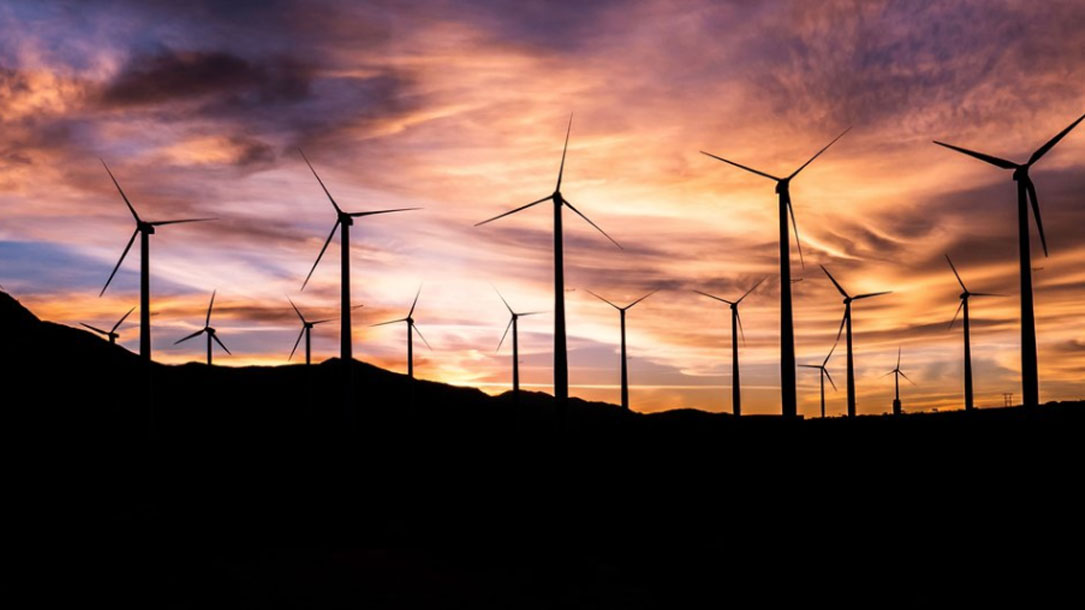
Where we stand on important issues
“The American Conservation Coalition believes that people, businesses, and the government can work together to solve the nation’s environmental issues without sacrificing our economic prosperity or our rights as Americans. Market-based environmental action allows us to conserve our energy, wildlife, land, air, and water, while also ensuring continued economic growth…”

The young Republicans breaking with their party over climate change
“I think conservatives for a long time have been too willing to just let this be a leftwing issue. We can talk about this. Conservatives that care about the environment do exist.”
Fischer heads campus operations for the American Conservation Coalition (ACC), a Republican youth group founded 18 months ago but already with a presence in 125 colleges across the U.S., holding events and organizing campaigns. In January, 41 state college Republican chairs signed an ACC letter to GOP leaders urging “action on clean energy and environmental issues” to ensure “conservative values are not lost on the next generation”…
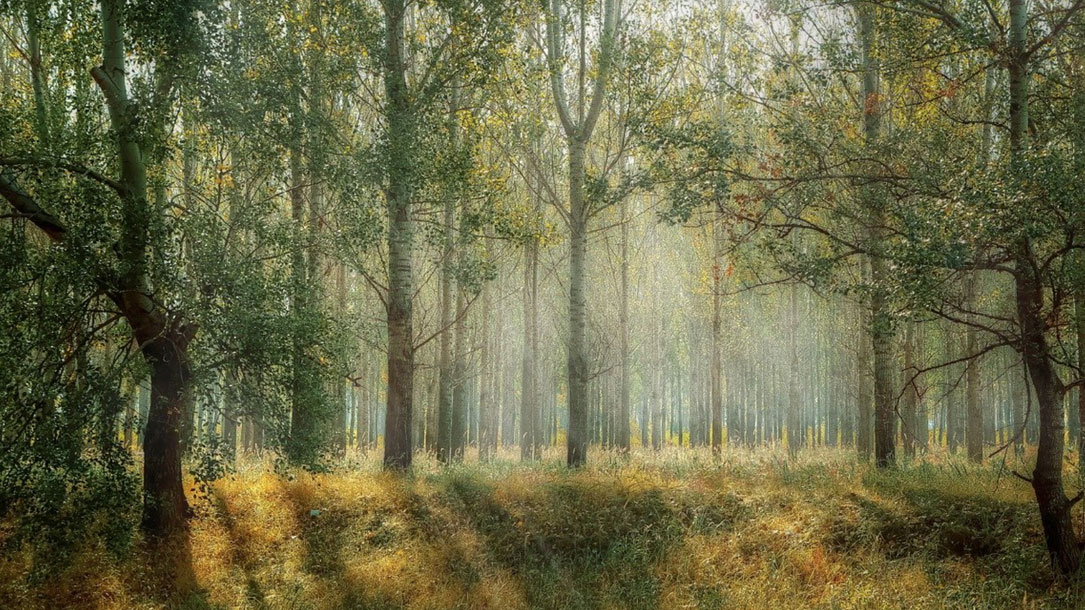
Leading on climate change solutions
“Forests are the best nature-based solution to climate change. Annually in the United States, forests and forest products capture and store almost 15 percent of the country’s carbon emissions from burning fossil fuels. They have the potential to capture nearly twice as much if we plant more trees, use climate-smart practices to manage our forests and take other actions.
And we are not just talking about big forests in national parks and rural mountain communities. Trees in metropolitan areas and small towns in the U.S. are responsible for almost one-fifth of the country’s captured and stored carbon emissions. They also shade buildings in the summer and block wind in the winter, which reduces the use of air conditioners and heaters—avoiding millions of tons of carbon emissions…”

Parks Are a Critical Solution to Climate Change
Parks mitigate the urban heat island effect, improve air quality, and absorb carbon from the atmosphere. They support local biodiversity and can act as buffer zones for flooding or mudslides. Parks add both important social and environmental infrastructure…
Urban parks are also important because they provide the foundation for urban forests, which help cities both mitigate carbon emissions and adapt to a changing climate. According to Jad Daley, CEO of American Forests, urban forests absorb some 100 million tons of carbon each year—about 2% of global greenhouse gas emissions. Trees found in these green areas can reduce energy use up to 7% because they provide wind blocks for homes in the winter and cooling in the summer…
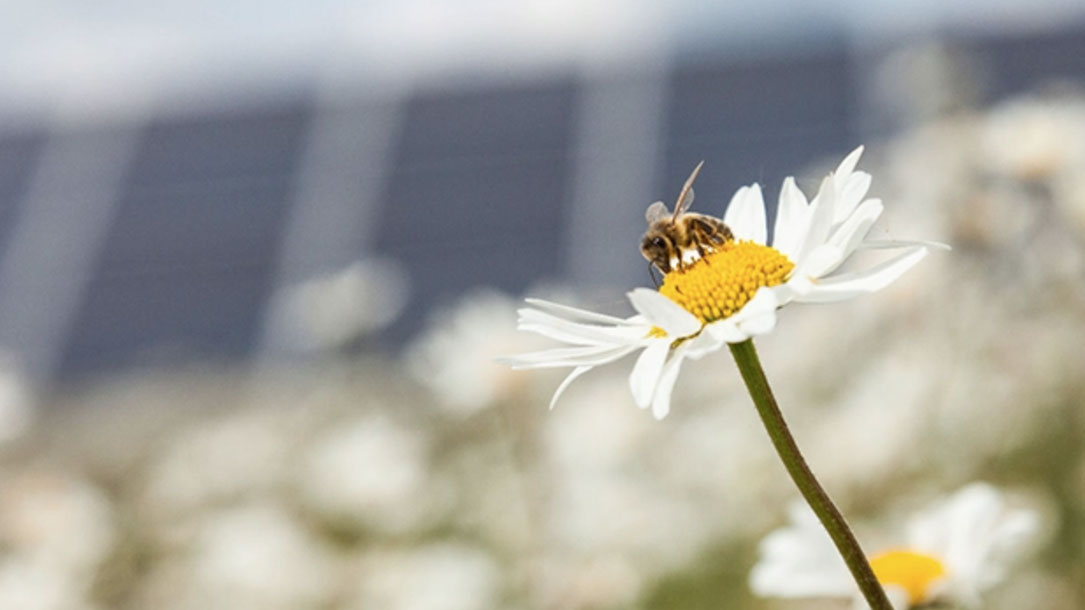
Highly compatible: pollinator-friendly solar projects and farming
Taking farmland out of production to increase harvests might seem counterintuitive. But new and ongoing research suggests that trading some farmland for deep-rooted prairie vegetation can provide habitat for wild insect pollinators and boost overall crop yields.
Increasingly popular pollinator-friendly solar projects, which cultivate low-growing meadows underneath the panels, present an opportunity to increase food production and clean energy generation at once. For a state like Minnesota, where farming is prevalent and the solar industry is expanding, this kind of compatibility between agriculture and solar energy production is a most welcome development…

If you’re feeling hopeless of late, remember that your work matters and you do too
“Hi everyone, the last few weeks have been rough. I was glad to end it with the #NonprofitHaiku contest to bring some levity and humor. A colleague on Twitter, though, pointed out the seriousness of all the challenges we face beneath the lightheartedness:
‘It’s a cute joke that there are raccoons in our supply closet. It’s hilarious. […] The conditions we work in, the demoralizing chaos and the barriers to success is literally killing people…'”

We’re running out of time
“A widening madness threatens the world, only one thing can avert catastrophe, and we’re running out of time.
That’s no Hollywood action film trailer. It’s the sobering and all-too-real warning sounded by the world’s top climate scientists in an authoritative report released this week. We can still prevent runaway climate disaster, they conclude, but only by taking “rapid, far-reaching and unprecedented” action now to shift to cleaner, smarter ways to power our future. We can do this, the report says, but we have about a decade—tops—to get it right…”
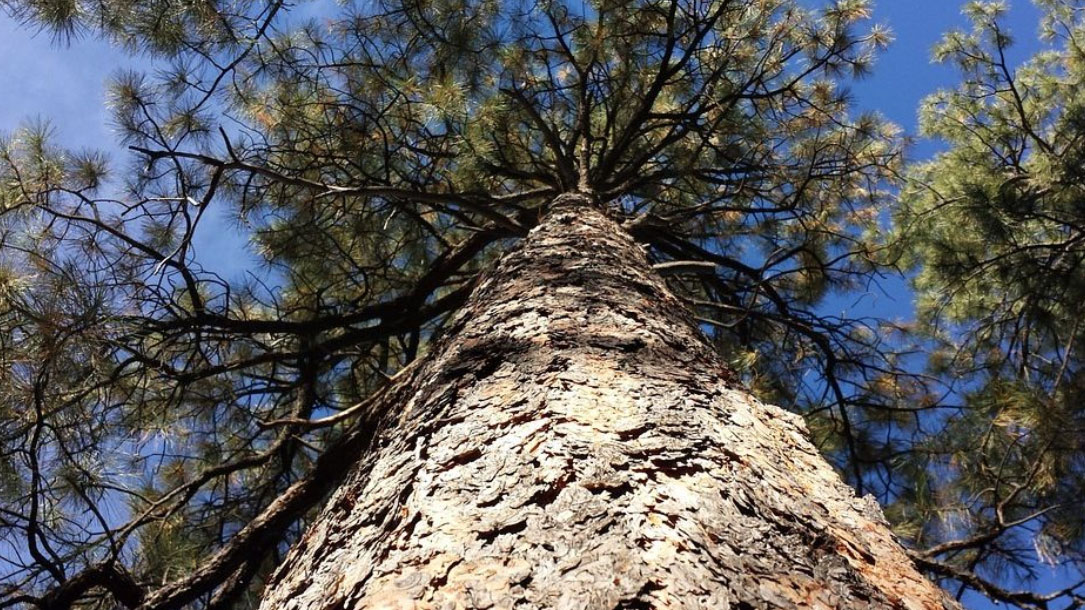
Wildfires and climate change push low-elevation forests across a critical climate threshold for tree regeneration
“Climate change is increasing fire activity in the western United States, which has the potential to accelerate climate-induced shifts in vegetation communities. Wildfire can catalyze vegetation change by killing adult trees that could otherwise persist in climate conditions no longer suitable for seedling establishment and survival. Recently documented declines in postfire conifer recruitment in the western United States may be an example of this phenomenon. However, the role of annual climate variation and its interaction with long-term climate trends in driving these changes is poorly resolved…”
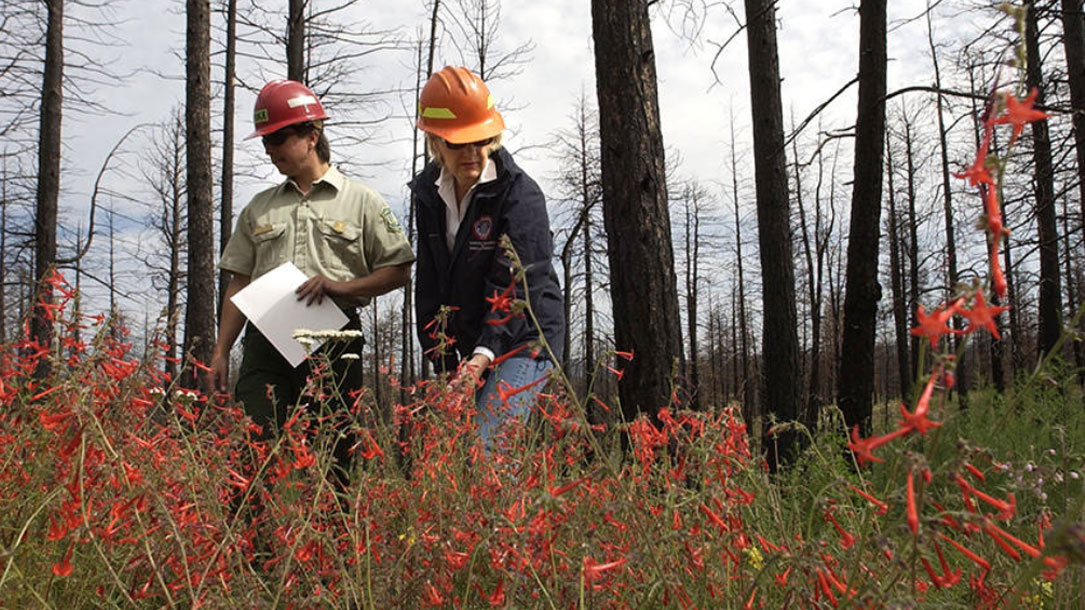
Iconic Forests Reaching Climate Tipping Points in American West, Study Finds
Climate change in the American West may be crossing an ominous threshold, making parts of the region inhospitable for some native pine and fir forests to regrow after wildfires, new research suggests:
As temperatures rise, the hotter, drier air and drier soil conditions are increasingly unsuitable for young Douglas firs and ponderosa pines to take root and thrive in some of the region’s low-elevation forests, scientists write in a study published Monday in the Proceedings of the National Academy of Sciences.
Wildfires in these areas could lead to abrupt ecosystem changes, from forest to non-forest, that would otherwise take decades to centuries, the study says.
“Once a certain threshold was crossed, then the probability of tree establishment decreased rapidly,” said Kimberley Davis, a researcher at the University of Montana and lead author of the study. “The climate conditions are just a lot less suitable for regeneration.”












